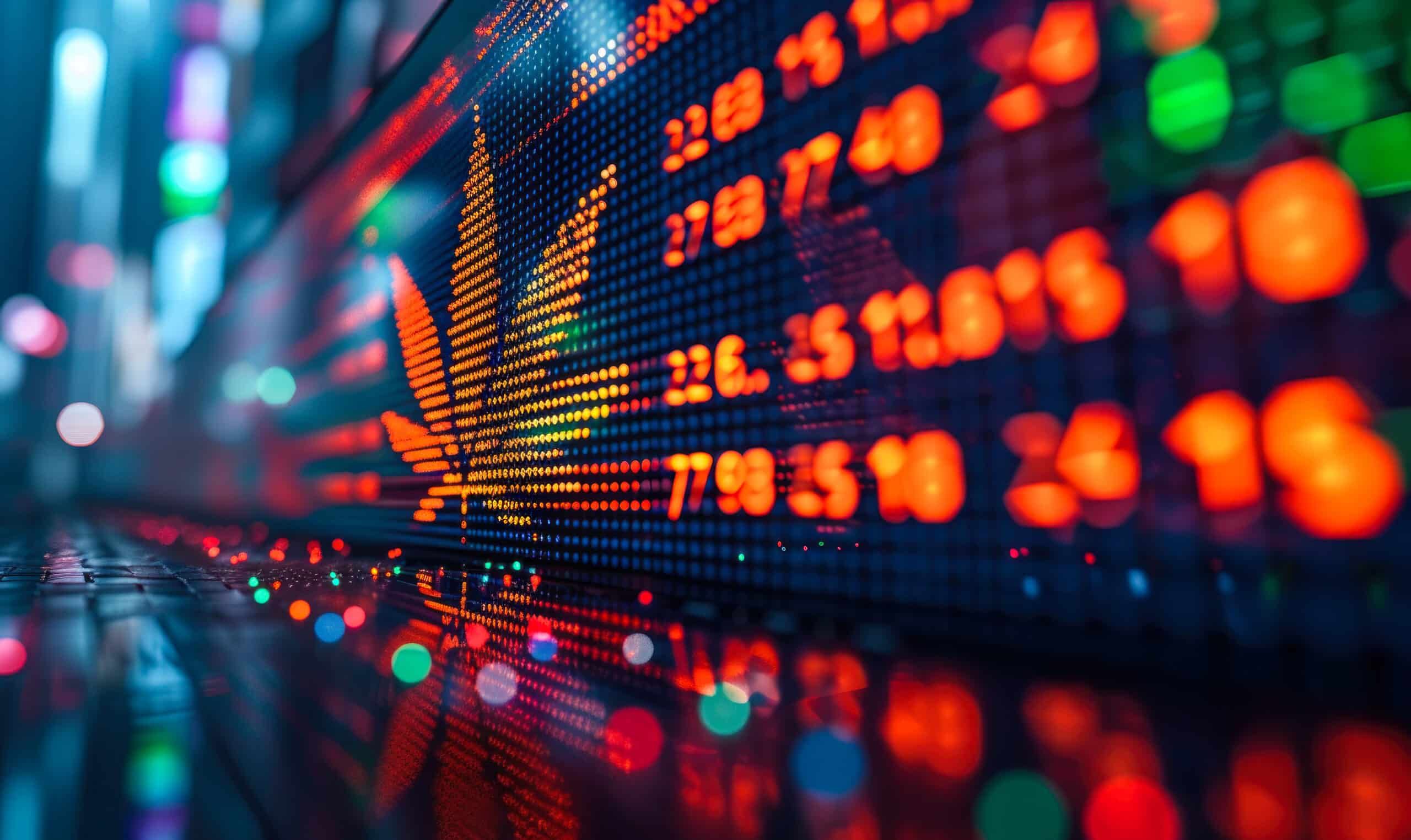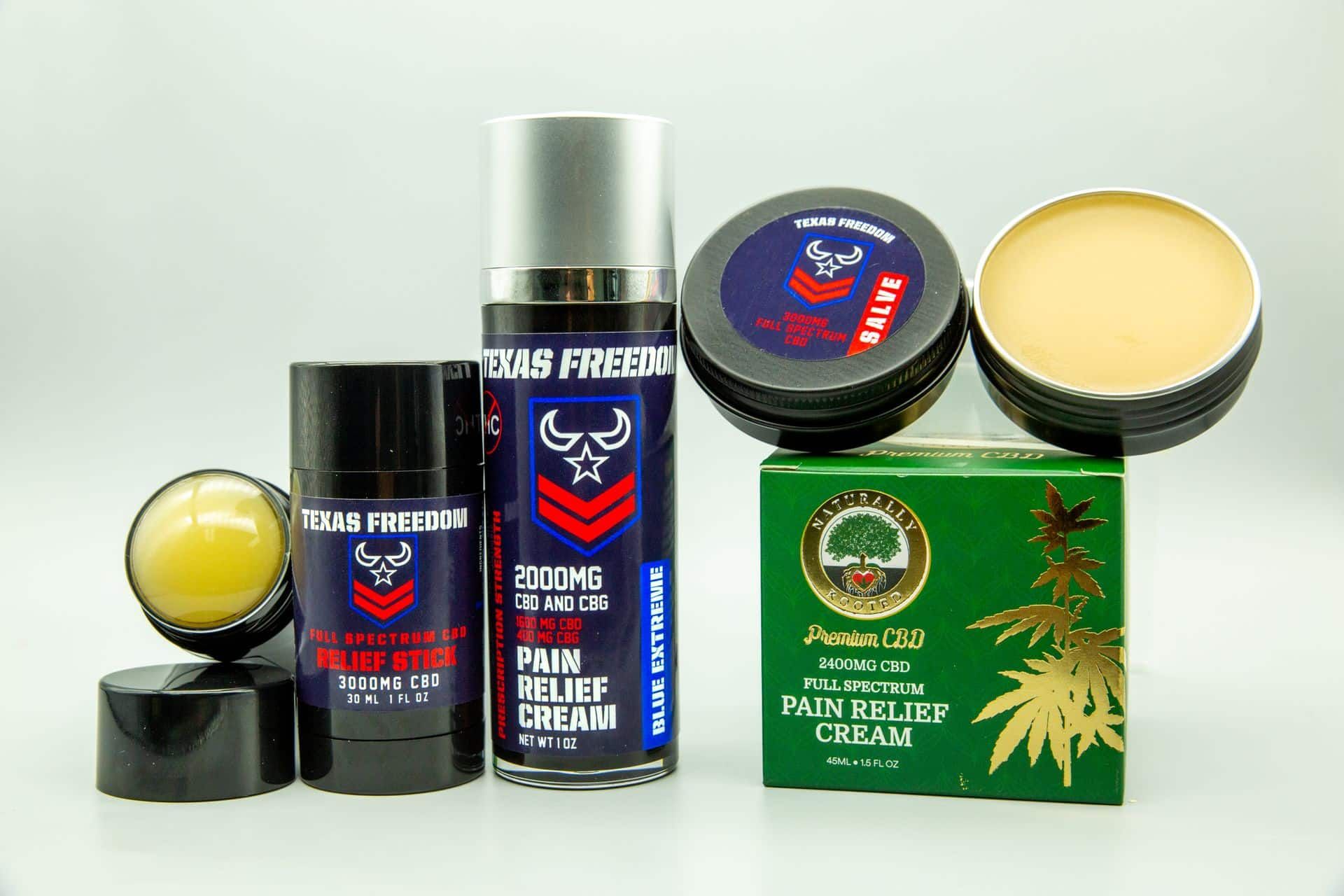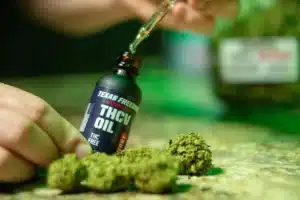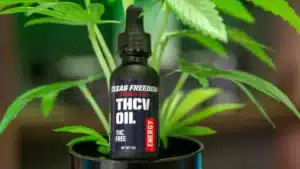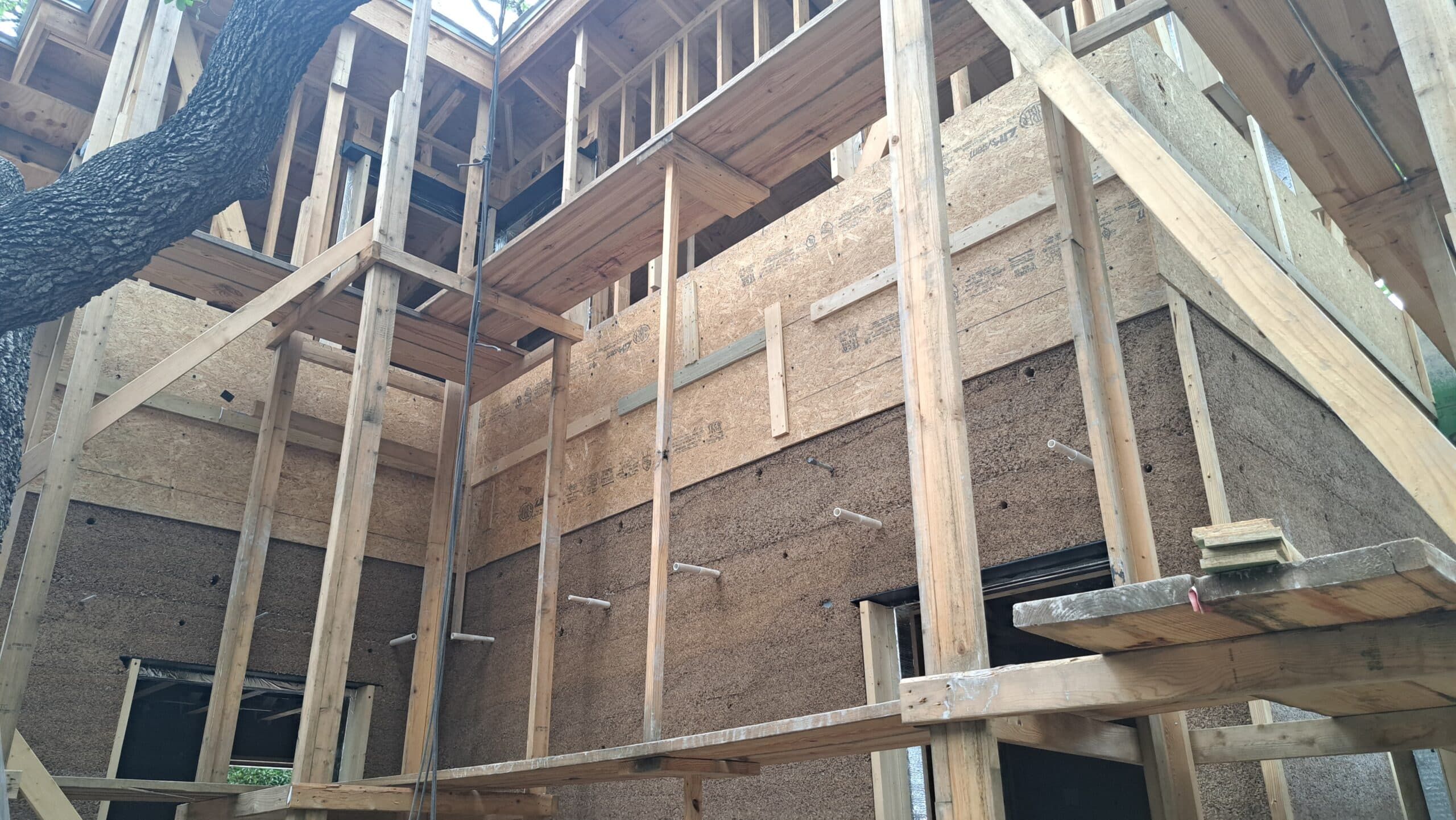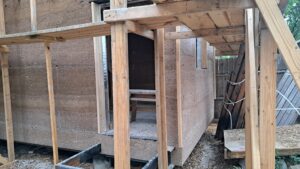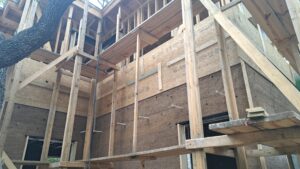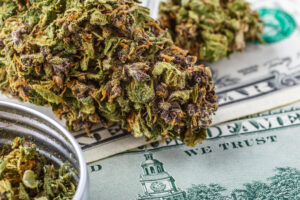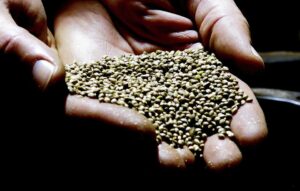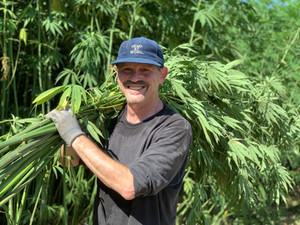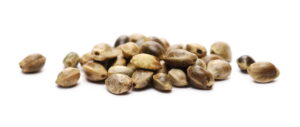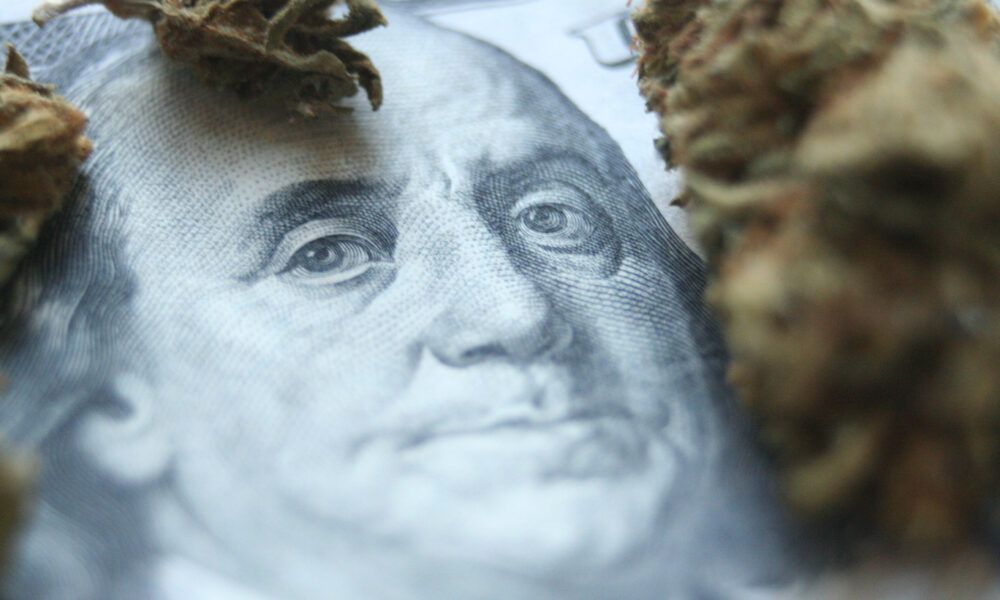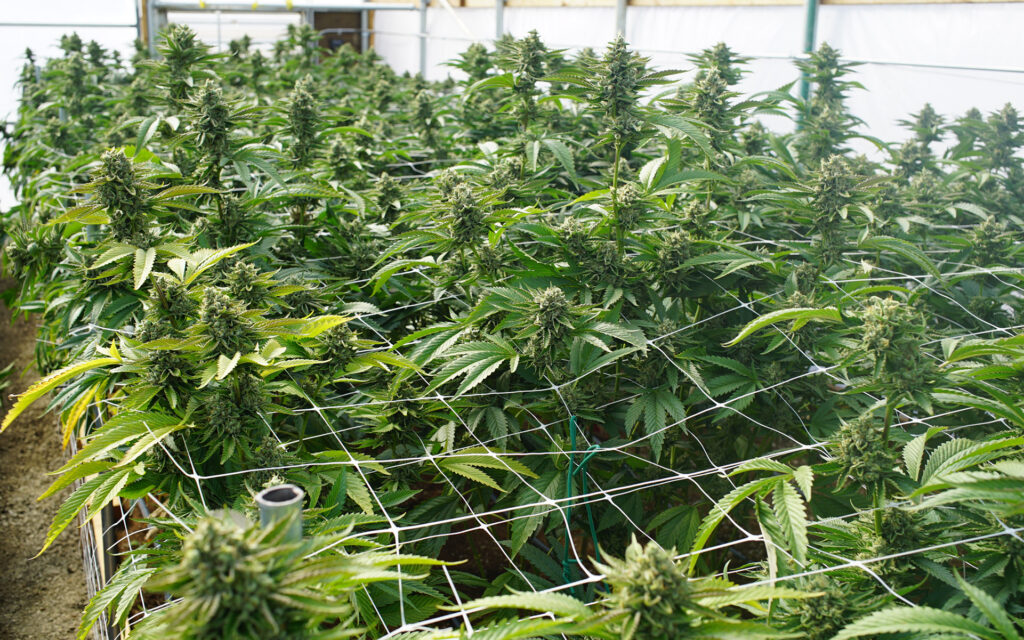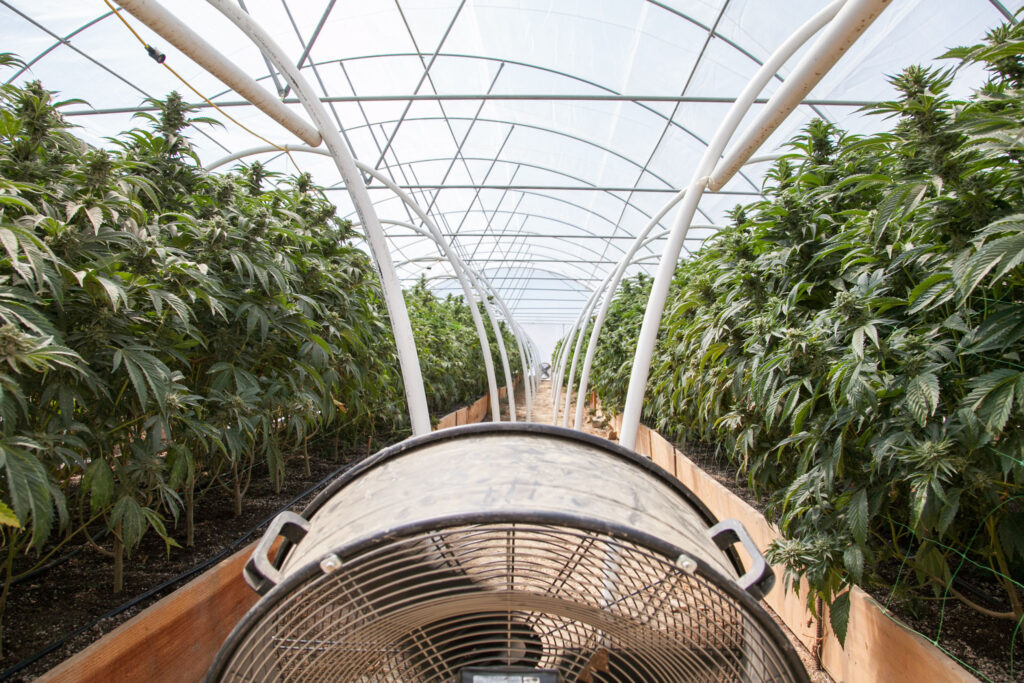Top Funding Solutions for Hemp Entrepreneurs in Texas.
The hemp and cannabis industry in Texas is booming, with entrepreneurs eager to find funding for their new and expanding businesses. Despite facing unique challenges, several promising funding options are available to help these ventures thrive as listed below. Option #1- State and or (limited) Federal Grants
Hemp Businesses: Some agricultural grants are available, such as those from the Texas Department of Agriculture (TDA), which supports industrial hemp projects. Programs like the Specialty Crop Block Grant Program (SCBGP) provide funding for research, marketing, and education for crops like hemp. Cannabis Businesses: Direct federal grants are limited due to restrictions, but some state-level opportunities may exist.
Option #2- Private Grants and Foundations
Organizations like the Hemp Industries Association (HIA) and the Foundation for an Informed Texas sometimes offer research, education, and business development grants in the hemp and cannabis sectors. These grants often support innovative and sustainable projects.
Option #3- Business Loans and Financing
Traditional business loans can be difficult to obtain for cannabis businesses due to regulations. However, some financial institutions and private lenders, such as North Bay Credit Union, First Citizens Bank, Safe Harbor Financial, or Affinity Federal Credit Union. Some of these banks are starting to offer loans and credit lines specifically for hemp and cannabis businesses.
Option #4- Crowdfunding and Investment Platforms
Crowdfunding platforms like Kickstarter, Indiegogo, and specialized sites like Fundanna allow hemp and cannabis businesses to raise money from the public. Investment platforms like ArcView Group and Canopy Boulder connect startups with investors interested in the industry.
Option #5- State-Specific Programs
Texas has specific programs to support hemp businesses, like the Texas Hemp Program managed by the TDA, which provides resources, licensing, and regulatory guidance. These programs help businesses stay compliant and can attract other sources of funding.
Finding funding for hemp and cannabis businesses in Texas can be tough, but there are many options available. By looking into state and federal grants, private foundations, specialized loans, crowdfunding, and state-specific programs, entrepreneurs may be able to secure the funding they need. However, keep in mind that some state, federal, or foundation grant agencies may not even review your grant application unless you are 501©3, an officially recognized nonprofit charitable, religious, or educational organization that received tax-exempt status from the IRS. It’s important to learn the grant process and familiarize yourself with grant writing. Most grants are almost always tied to a specific project and or program that helps to support either education or the betterment of the community. Stay tuned for basic tips on grant writing in our next issue. Staying updated on new opportunities and following regulations is key to long-term success.



